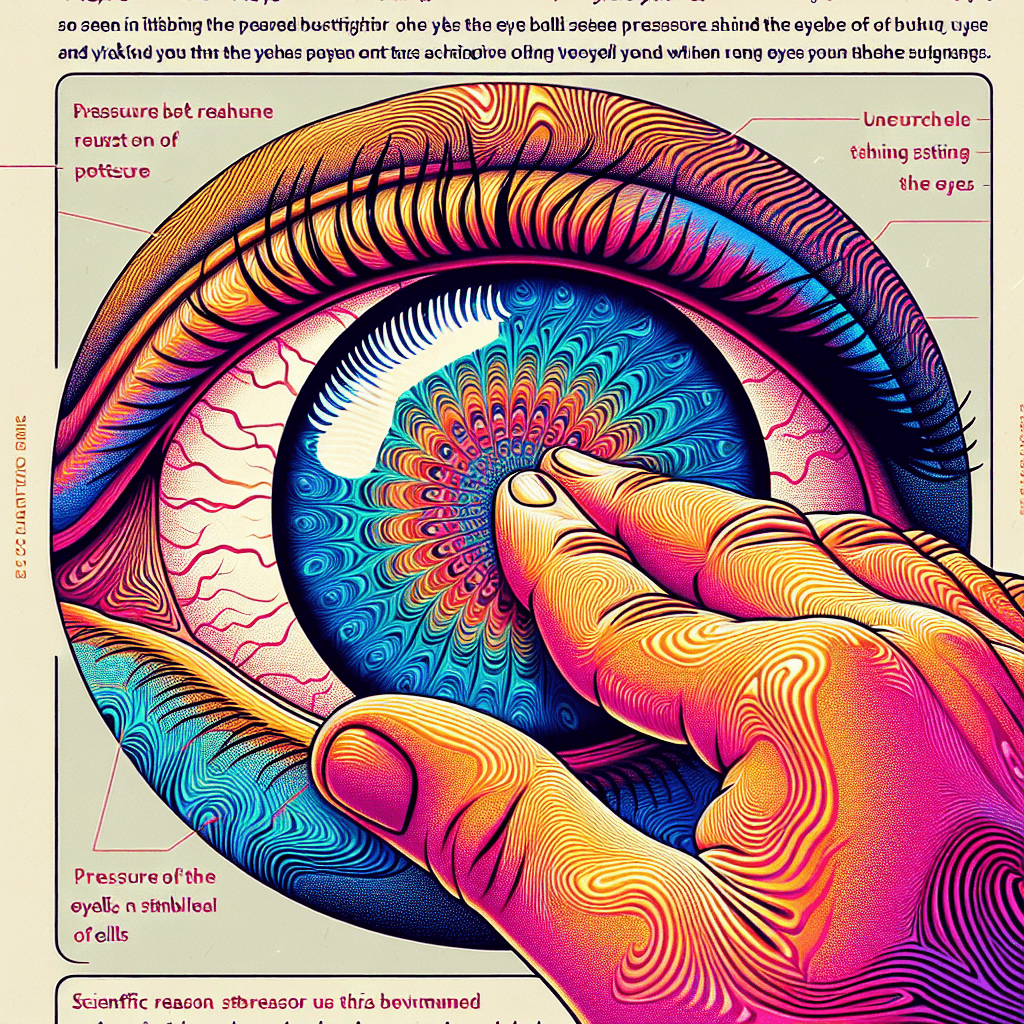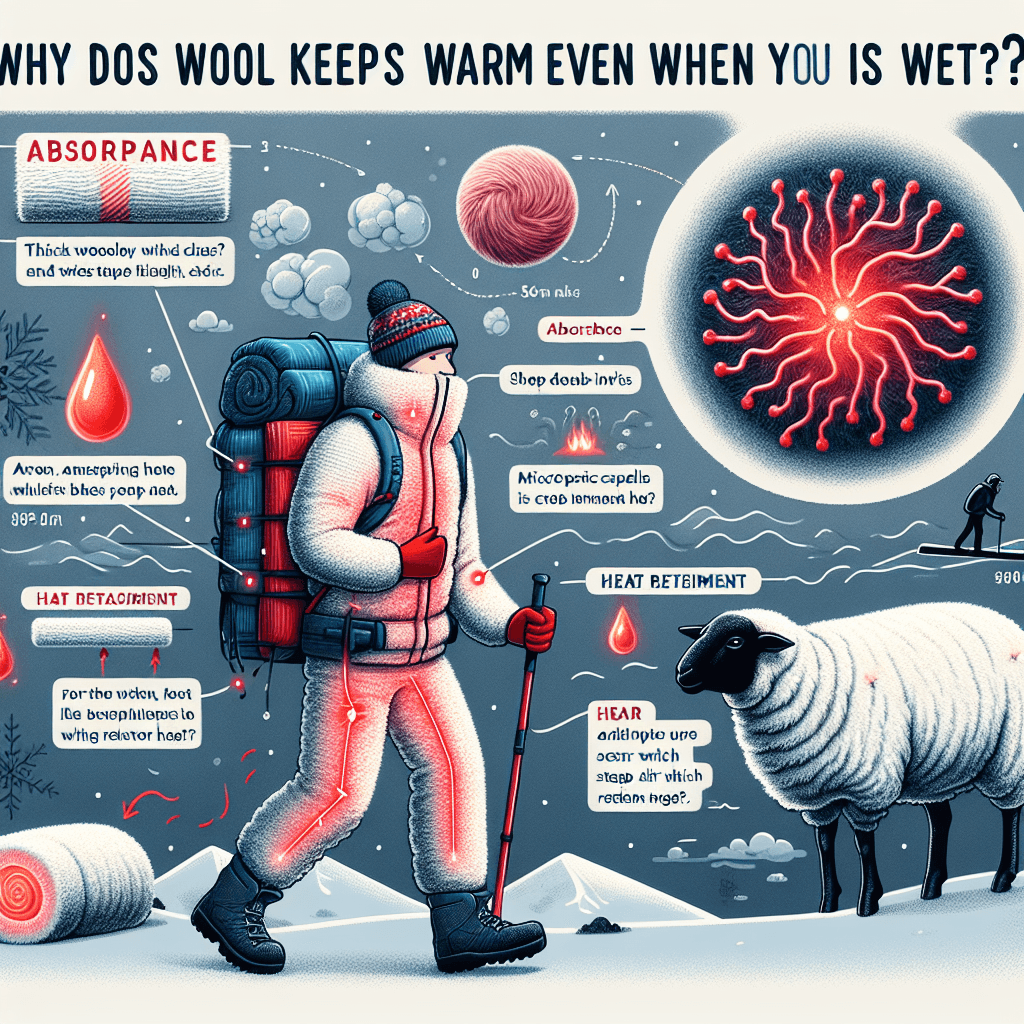Why does rubbing your eyes make you see colorful, shifting patterns
That private kaleidoscope of color you see isn't your imagination; it’s your brain creating a psychedelic light show out of pure pressure, and we'll show you how.


Too Long; Didn't Read
TLDR: Rubbing your eyes puts physical pressure on your retinas. This pressure activates the light-sensing cells, tricking your brain into seeing colorful, shifting patterns called phosphenes, even in the dark.
Blog Post Title: The Science Behind the Light Show: Why Does Rubbing Your Eyes Make You See Colorful, Shifting Patterns?
Introduction
We’ve all done it. After a long day staring at a screen, waking from a deep sleep, or feeling a stray eyelash, you give your eyes a good, firm rub. In the darkness behind your closed eyelids, a private light show begins—a swirling kaleidoscope of colors, spots, and shifting geometric patterns. This fleeting and fascinating experience is so common that we rarely stop to question it. But what is actually happening inside your eye to create this visual spectacle? These are not memories or dreams, but a direct biological response to a physical action. This post delves into the science behind these light patterns, explaining exactly why pressure on your eyes triggers this beautiful and bizarre visual illusion.
The Phenomenon Behind the Patterns: Introducing Phosphenes
The colorful light show you see when you rub your eyes has a scientific name: phosphenes. A phosphene is the experience of seeing light without any light actually entering the eye. They are a type of visual sensation caused by the direct stimulation of your visual system, not by photons hitting your retina as they normally would.
Think of it this way: your eyes and brain have one primary job—to interpret signals from the outside world and turn them into images. The system is so specialized for this task that it interprets almost any strong-enough stimulus as light. While rubbing is the most common cause, phosphenes can also be triggered by other means, such as a sneeze, a hard cough, or even more complex medical and scientific procedures involving magnetic or electrical stimulation.
From Pressure to Patterns: How Rubbing Triggers Your Retina
The magic behind phosphenes lies in the intricate mechanics of your eye. Your retina, the thin layer of tissue at the back of your eyeball, is filled with millions of light-sensitive photoreceptor cells called rods and cones. Their job is to detect light and send signals to your brain via the optic nerve.
Here’s a step-by-step breakdown of what happens when you rub your eyes:
- Pressure is Applied: When you press on your closed eyelid, you increase the intraocular pressure—the fluid pressure inside your eye.
- Retinal Cells are Stimulated: This physical, mechanical pressure is strong enough to "trick" the sensitive cells of the retina. The retinal ganglion cells, which process and transmit information from the photoreceptors, are physically squeezed.
- The Brain Gets a Signal: Your brain is hardwired to interpret any signal coming from the retina as light. It cannot distinguish between a signal generated by a photon and one generated by mechanical pressure.
- A "Light Show" is Created: In response to these mechanically-generated signals, your brain creates the perception of light, color, and movement. The patterns you see are essentially a visual representation of the pressure you are applying to your retinal cells.
The shifting and swirling nature of the patterns is caused by the changing pressure as you move your fingers and the way the cells fire and then recover after the stimulation ends.
A Word of Caution: The Risks of Rubbing Your Eyes
While seeing phosphenes from an occasional, gentle rub is a normal and generally harmless experience, it's important to be aware of the dangers of frequent or aggressive eye-rubbing. Your eyes are delicate organs, and applying excessive force can lead to serious problems.
- Corneal Damage: Chronic rubbing can weaken the cornea (the clear front part of the eye), causing it to thin and bulge outward into a cone shape. This condition, known as keratoconus, can lead to distorted vision and may require special contact lenses or even a corneal transplant.
- Increased Risk of Infection: Your hands carry countless germs. Rubbing your eyes can easily transfer bacteria and viruses, leading to infections like conjunctivitis (pink eye).
- Problems for Glaucoma Patients: For individuals with glaucoma, a condition characterized by high intraocular pressure, rubbing the eyes can cause a temporary but significant pressure spike, potentially damaging the optic nerve further.
- Retinal Tears or Detachment: In very rare and extreme cases, vigorous rubbing could contribute to a tear or detachment of the retina, which is a medical emergency that can lead to permanent vision loss.
Conclusion
The fleeting stars and colorful swirls you see when you rub your eyes are more than just a quirky visual trick; they are a direct window into the fascinating relationship between your brain and your eyes. These phosphenes are a testament to how your brain diligently interprets any signal from the retina as light, whether it’s from a sunbeam or the simple pressure of your own hand. So, the next time you see those patterns dance in the dark, you’ll understand the remarkable biological process at play. However, let this knowledge also serve as a reminder to treat your eyes with care. They are your irreplaceable windows to the world, and protecting them is far more important than a momentary, self-made light show.


